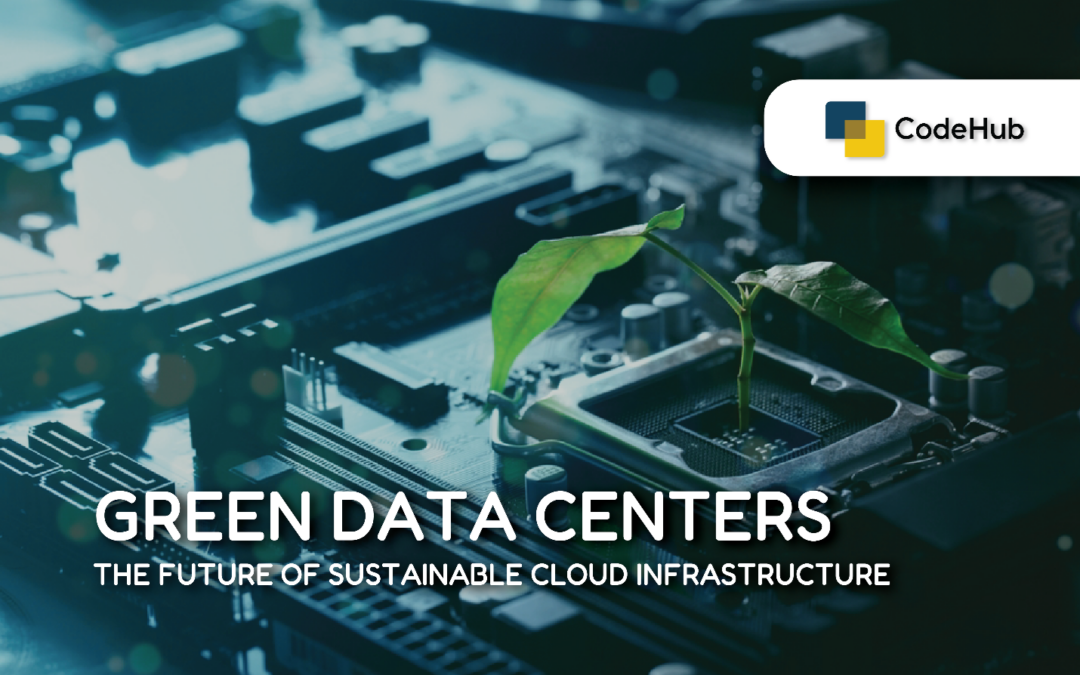Green data centers are paving the way for a more sustainable future in cloud infrastructure, addressing the increasing energy demands of our digital world. Traditional data centers consume vast amounts of electricity, contributing significantly to carbon emissions. Green data centers, however, focus on minimizing their environmental impact through innovative and eco-friendly practices.
One key strategy is the use of renewable energy sources, such as solar, wind, and hydroelectric power, to reduce reliance on fossil fuels. Many tech giants, including Google and Microsoft, are investing in renewable energy to power their data centers, aiming for carbon neutrality and reduced greenhouse gas emissions.
Efficient cooling solutions are another crucial aspect of green data centers. Traditional cooling methods consume significant energy, but green data centers utilize advanced cooling techniques like liquid cooling and free-air cooling, which harness natural airflow to maintain optimal temperatures. This drastically lowers energy consumption and enhances overall efficiency.
Furthermore, green data centers focus on energy-efficient hardware and virtualization technologies to optimize resource usage. By consolidating workloads onto fewer servers and utilizing energy-efficient processors, they reduce the overall power footprint.
As demand for cloud services continues to grow, green data centers represent the future of sustainable cloud infrastructure, combining technological advancements with environmental responsibility to support a more eco-friendly digital era.

